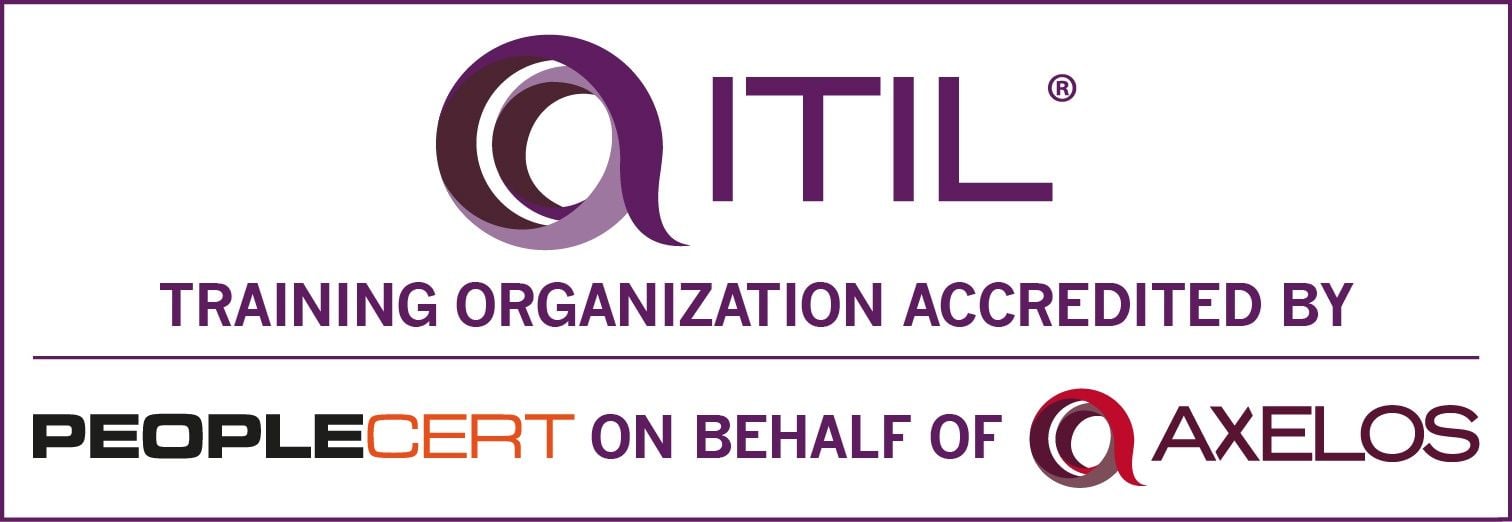A Service Management Office is No Longer a Luxury
As organizations move towards enterprise service management, a coordinating body is critical to ensure that there is a singular vision, direction, and solution for an organization’s IT. If not, even the most well-intentioned organizations can create a new form of shadow IT.
The Service Management Office (SMO) was originally introduced as a governance body that would oversee the service management initiative in an organization. This is still a primary and important role of the SMO, even with the ITIL4 changes.
As organizations move towards enterprise service management, however, the SMO can also be leveraged for a critical role in ensuring a singular enterprise service management vision, direction, and solution is developed, and that tools used for enterprise service management are managed appropriately.
Are Service Management Tools the new Shadow IT?
Consider what happens when the organization has an IT footprint in any of today’s service management tools: those who offer applications or functions for departments outside of IT will result in sales calls directly with business owners of various functions, like Human Resources and Facilities. When these other providers have a good relationship with IT, the resulting discussions will include IT, but this is not guaranteed.
So, HR goes down the path of implementing their portal, using the same tool as IT. Then Facilities does. Then Legal does. And at the end of the day, groups start arguing about conflicting requirements, or create security gaps that lead to misuse of employee’s personal identifying information.
When IT starts engaging other teams or senior executives proactively in an enterprise service management initiative and approach, this can be easily avoided, and replaced with a consistent employee experience across providers.
Enterprise Service Management and the SMO
It’s also fair to say that these days many enterprise service management initiatives get started because employee confusion and frustration around requesting services drives the need to provide a consolidated approach across all providers in the organization.
The focus of many of these enterprise service management initiatives is the alignment of employee experiences across different providers, so that employees know how to engage and what to expect when they need support, regardless of department. The best way to achieve this is through a single governance entity that drives the service management transformation initiatives and provides governance oversight for changes to the tool used to deliver the enterprise portal and fulfillment activities.
This is where the Service Management Office can provide extreme value to the business. With small adjustments, the SMO can:
- Provide the vision and direction for the enterprise service management initiative
- Provide overarching governance, organizational change management services, and support for enterprise service delivery
In addition, the SMO can ensure providers can align on how service will be delivered across the enterprise, including:
- VIP/white glove services (if used)
- Engagement channels: phone, IM, email, portal etc.
- Service levels to be provided for requests, support
- Portal and knowledge base design
- Cross-functional services like onboarding, moves etc.
Setting architectural standards for the service management tool and integrations to other tools used by service providers
Addressing security concerns, particularly since employee information will be stored in the tool
Ensuring that when a single provider requests a change it doesn’t have negative downstream impacts to other providers using the tool
SMO is Quickly Becoming a Must-Have
For organizations that are already in a portal sprawl situation, where there are several intranet portals providing access to different forms and services offered by various departments or those that are already consolidating portals in an existing service management tool, creating this overarching governance body is critical. Here are some steps to get started:
Charter the Service Management Office.
Work with executives within your area to have senior leaders charter the effort, setting its formal scope and helping to provide the vision and mission for the body. They should also select a chair and recommend participants.
Set up the SMO participants
Working with leaders from each group, validate the membership and work to get them introduced to the initiative and on-boarding efforts.
Working as a team, validate the vision and scope
Align on the vision, mission, and set objectives for the body, including both governance and practices, but also the SMO’s role in managing the service management tool.
Agree on enterprise service management practices
Focusing on the employee service experience, define what that experience looks like, and the overarching practices all providers will follow.
Agree on a process and tool change process
As providers need changes and introduce new services, there may be some that impact global aspects of the tool.
Once the governing body is in place and has laid the foundation, the organization’s ability to support the larger enterprise service management will be well underway.
In Part 2 of this discussion on the importance of the SMO, we will discuss a three-step plan for adopting role-based provisioning. Stay tuned.

)
)
)
)
)
)
)
)
)
